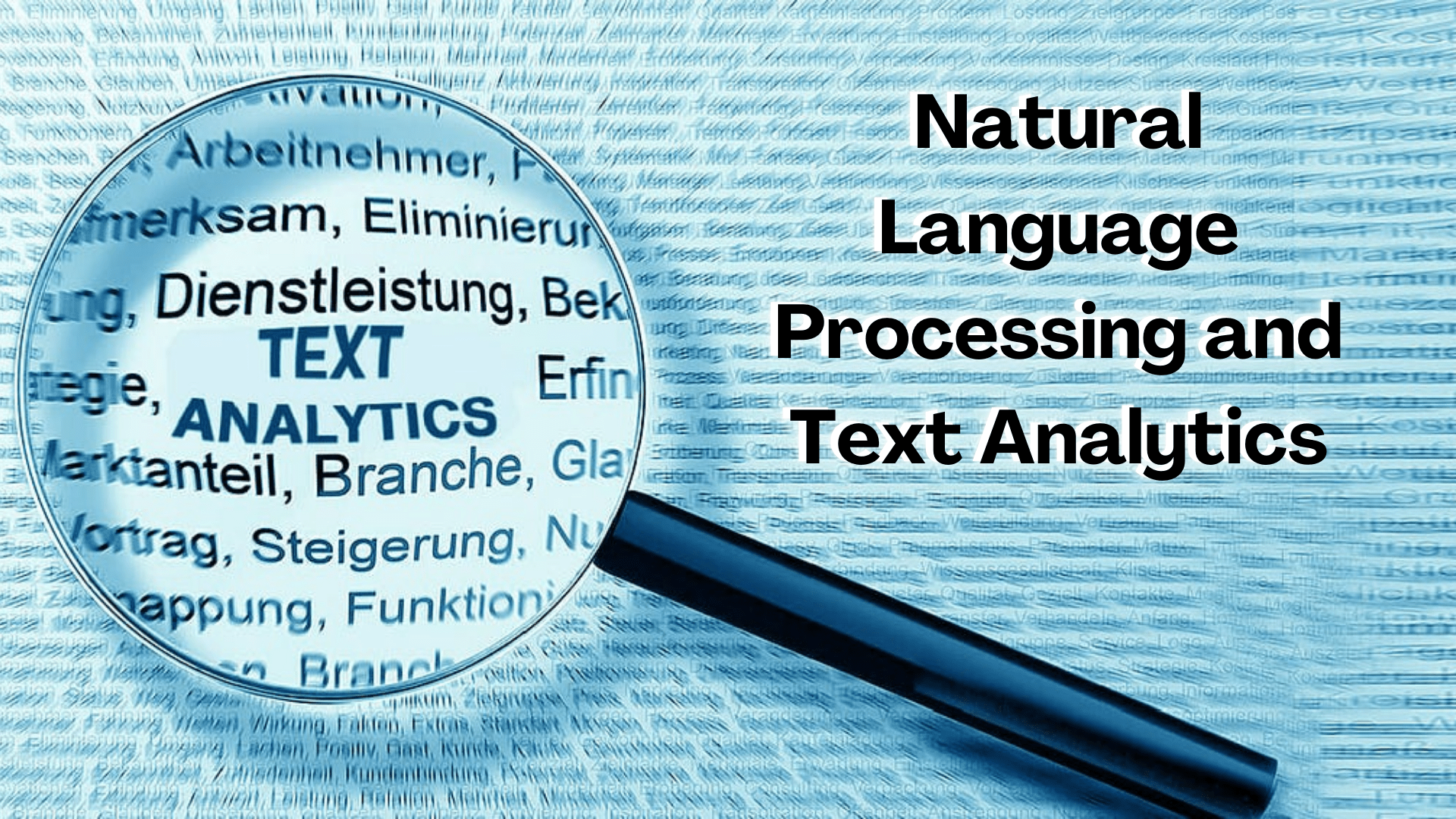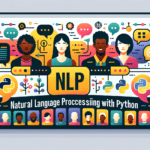Natural Language Processing (NLP) and Text Analytics are interdisciplinary fields at the intersection of computer science, linguistics, and artificial intelligence. They involve the development of algorithms and techniques to enable machines to understand, interpret, and generate human language. This paper provides a comprehensive overview of NLP and Text Analytics. It discusses their fundamental concepts, methodologies, and applications across various domains, challenges, and future directions.
Introduction
In today’s digital era, the abundance of textual data necessitates the development of advanced computational techniques for its analysis. NLP and Text Analytics have emerged as essential tools for extracting meaningful insights from unstructured text. NLP focuses on enabling computers to process and understand human language. Text Analytics aims to derive actionable insights from textual data through statistical and computational techniques.
Fundamentals of Natural Language Processing
Natural Language Processing involves a myriad of tasks, ranging from simple text processing to complex language understanding. At its core, NLP encompasses several fundamental concepts and methodologies.
Tokenization: The process of breaking text into smaller units, such as words or sentences, for further analysis.
Part-of-Speech Tagging: Assigning grammatical categories (e.g., noun, verb, adjective) to words in a sentence.
Syntax Analysis: Parsing sentences to understand their grammatical structure and the relationships between words.
Semantic Analysis: Extracting meaning from text, including word sense disambiguation and semantic role labeling.
Named Entity Recognition: Identifying and classifying named entities (e.g., person names, locations, organizations) in text.
Sentiment Analysis: Determine the sentiment or opinion expressed in a text, ranging from positive to negative.
Text Generation: Creating human-like text, such as chatbots or automatic summarization systems.
Text Analytics: Techniques and Methodologies
Text analytics involves the application of statistical, linguistic, and machine-learning techniques to extract insights from textual data. Key methodologies include:
Statistical Analysis: Basic statistical measures such as frequency analysis, TF-IDF (Term Frequency-Inverse Document Frequency), and co-occurrence analysis to identify patterns and relationships in text.
Machine Learning Algorithms: Supervised, unsupervised, and semi-supervised learning techniques for text classification, clustering, and topic modeling.
Topic Modeling: Methods like Latent Dirichlet Allocation (LDA) and Non-negative Matrix Factorization (NMF) to automatically identify topics within a collection of documents.
She proposed Entity Recognition: Machine learning models and rule-based systems to detect and classify entities mentioned in the text.
Sentiment Analysis: Lexicon-based approaches, machine learning classifiers, and neural network models for sentiment classification.
Applications across industries
The applications of NLP and Text Analytics span diverse domains:
Business and Marketing: Customer feedback analysis, market research, sentiment analysis of social media data, and personalized recommendation systems.
Healthcare: Clinical text analysis, patient record summarization, disease detection, and pharmacovigilance.
Law and Governance: Legal document analysis, contract analysis, e-discovery, and regulatory compliance monitoring.
Academia and Research: Literature review automation, citation analysis, plagiarism detection, and data mining in scholarly publications.
Media and Entertainment: Content recommendation, sentiment analysis of movie reviews, and automatic content generation.
Challenges and limitations
Despite their vast potential, NLP and Text Analytics face several challenges.
Ambiguity and Polysemy: Dealing with multiple meanings of words and resolving ambiguity in language understanding.
Data Quality and Quantity: NLP models heavily depend on training data quality and quantity.
Cultural and Linguistic Variability: Adapting models to different languages, dialects, and cultural contexts.
Bias and Fairness: Mitigating biases present in training data and ensuring fairness in NLP applications.
Ethical and Privacy Concerns: Safeguarding sensitive information and ensuring NLP ethics.
Future Directions
NLP and Text Analytics hold promising advancements.
Deep Learning: Continued exploration of deep learning architectures for NLP tasks, leveraging large-scale pre-trained models and transfer learning.
Multimodal Analysis: Integration of text with other modes such as images, audio, and video for a more comprehensive understanding.
Ethical NLP: Development of frameworks and guidelines for responsible AI, including bias mitigation and privacy-preserving techniques.
Interdisciplinary Collaboration: Greater collaboration between linguists, computer scientists, ethicists, and domain experts to address complex challenges in NLP and Text Analytics.
Conclusion
In conclusion, Natural Language Processing and Text Analytics have revolutionized the way we interact with and understand textual data. Their applications span industries, enabling organizations to extract valuable insights, automate tasks, and enhance decision-making processes. However, challenges such as ambiguity, bias, and privacy concerns persist. These challenges call for continued research and collaboration to realize the full potential of these technologies responsibly and ethically. As we embark on this journey, NLP and Text Analytics hold immense promise. This will shape our communication, learning, and innovation in the digital age.



